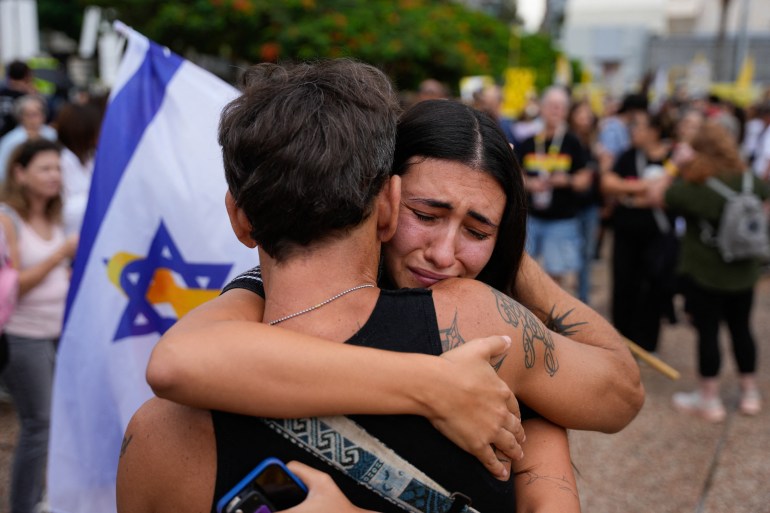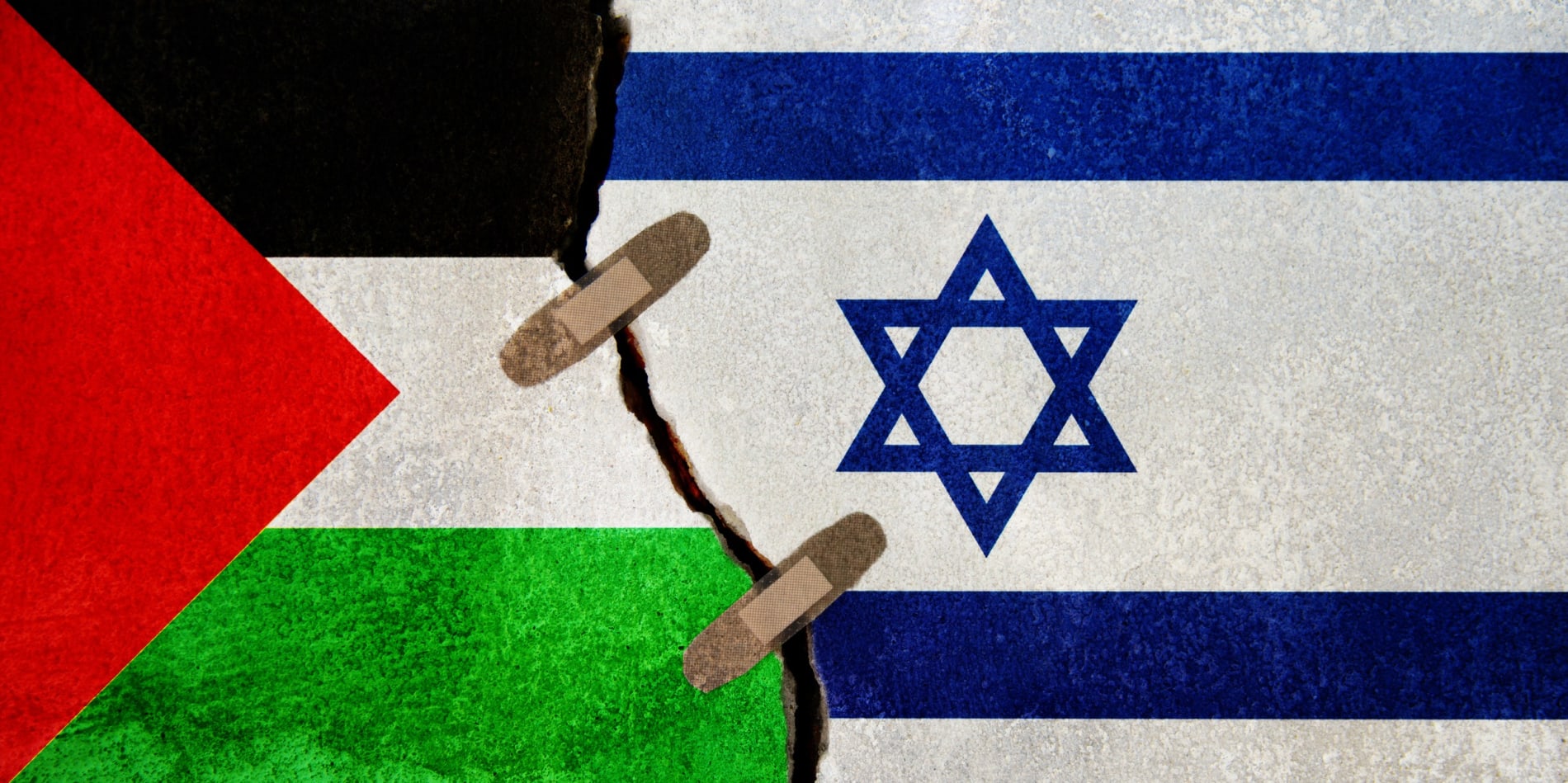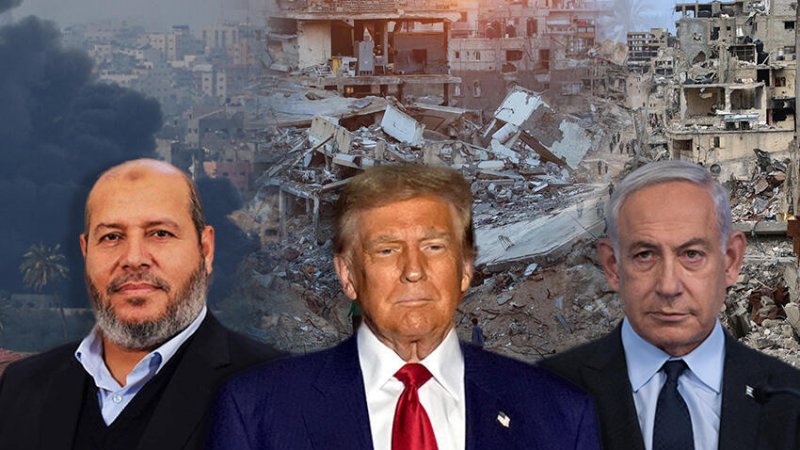Editor’s note: Faig Mahmudov is a journalist based in Azerbaijan. The views expressed are the author’s own and do not necessarily reflect those of News.Az.
The newly-brokered ceasefire agreement between Israel and Hamas marks a critical juncture in the Gaza conflict, with the potential to reshape military, political, and diplomatic dynamics in the region. While previous truces have often collapsed quickly, this arrangement is distinct in scope and structure. Hamas has agreed to release all living hostages in a single phase, while Israel will temporarily halt offensive operations, opening a window for further negotiations.
This development does not mark the end of hostilities but represents the beginning of a structured, phased de-escalation process built on a U.S.-led framework, with Qatar and Egypt serving as key mediators. The agreement underscores Washington’s renewed engagement in regional diplomacy and its central role in brokering the deal.

Source: Aljazeera
For Israel, the release of all hostages at once is both a strategic and moral achievement. Securing the return of hostages has been one of the state’s top priorities throughout the conflict, carrying profound humanitarian, political, and national-security significance. Many analysts had expected Hamas to use the hostages as a long-term bargaining tool, releasing them in stages to maintain leverage. The decision to free them all in one phase removes a major obstacle and significantly weakens Hamas’s negotiating position. The ceasefire period will allow Israel to reassess its operational posture, reorganize forces, and prepare for the possibility of future military action should the ceasefire break down. It also provides an opportunity to ease international pressure, particularly from Western partners, while preserving strategic flexibility.
Hamas’s acceptance of the terms reflects tactical necessity rather than a fundamental shift in objectives. The group faces severe military pressure, extensive infrastructural damage, leadership losses, and increasingly conditional regional backing. Agreeing to the U.S.-brokered plan gives Hamas a temporary reprieve, enabling it to regroup politically and militarily while seeking to leverage international attention toward securing a longer-term truce. However, by relinquishing all hostages at once, Hamas sacrifices one of its strongest pressure points on Israel, signaling that it has limited room to maneuver in current battlefield and diplomatic realities.

Source: CNN
The United States has positioned itself at the center of the mediation process, balancing its close alliance with Israel and its ties with Qatar and Egypt. Structuring the ceasefire as a multi-phase plan reflects Washington’s preference for incremental diplomacy, where humanitarian measures set the stage for political discussions. Whether this approach succeeds depends heavily on compliance mechanisms and the willingness of external guarantors to enforce commitments. For Israel, U.S. involvement offers strategic reassurance, as Washington is expected to monitor implementation closely and respond to potential violations.
The agreement takes shape amid shifting regional dynamics. Egypt and Qatar have reinforced their standing as essential intermediaries, while Saudi Arabia closely observes developments as part of its evolving regional strategy. Türkiye has voiced support for the ceasefire and continues to advocate for a two-state solution. Iran and its affiliated groups may attempt to disrupt the process if they perceive it as constraining their influence, posing potential risks to the fragile arrangement. For Israel, maintaining deterrence while navigating this complex regional environment will be essential.

Source: Ynet
Despite its promise, the ceasefire remains fragile. There are risks of attacks by rogue factions, misinterpretations regarding the sequencing of obligations, and domestic political opposition within both Israel and Hamas. Right-wing elements in Israel have expressed concern over prisoner releases and troop redeployments, while hardline factions within Hamas may resist the implications of the deal. Any breach – real or perceived – could quickly unravel the arrangement and return the region to intense conflict. Israeli defense planners are expected to remain on high alert throughout the process, ensuring readiness for rapid escalation if required.
This ceasefire does not mark the end of the war but opens a diplomatic channel with potentially significant implications. For Israel, it represents a temporary but strategically valuable pause: the hostages are expected to return, military pressure can be recalibrated, and international legitimacy is reinforced. Whether this opening leads to broader political negotiations on Gaza’s future will depend on strict enforcement, sustained U.S. engagement, and Israel’s ability to safeguard its core security interests throughout the phased process.
(If you possess specialized knowledge and wish to contribute, please reach out to us at opinions@news.az).

